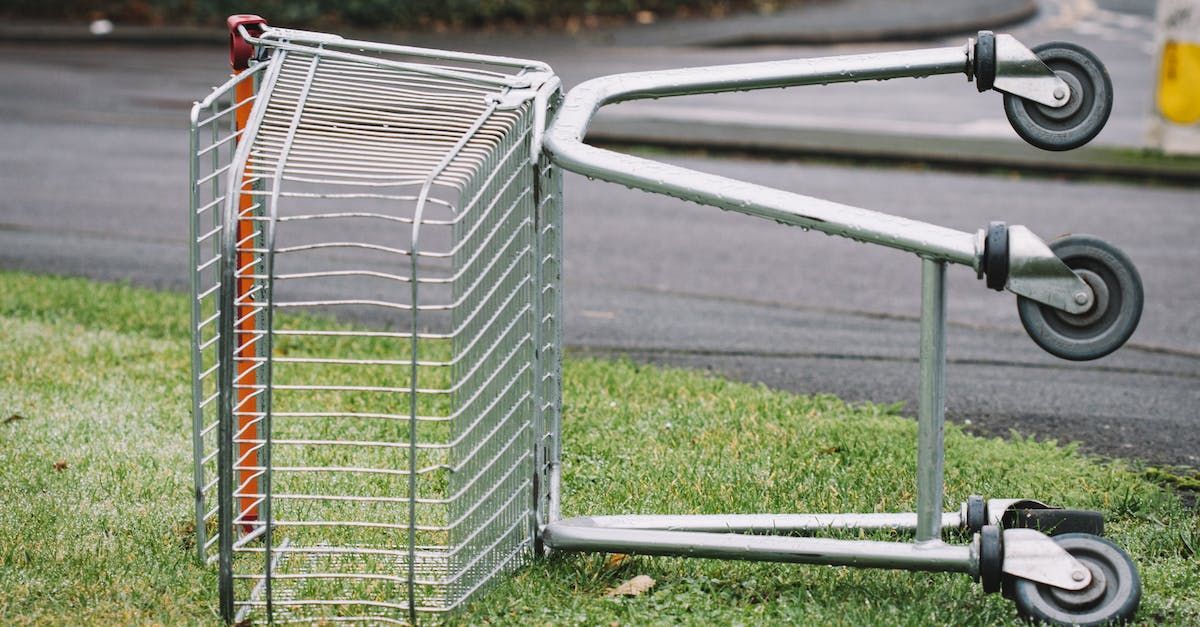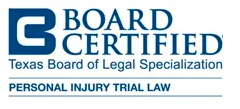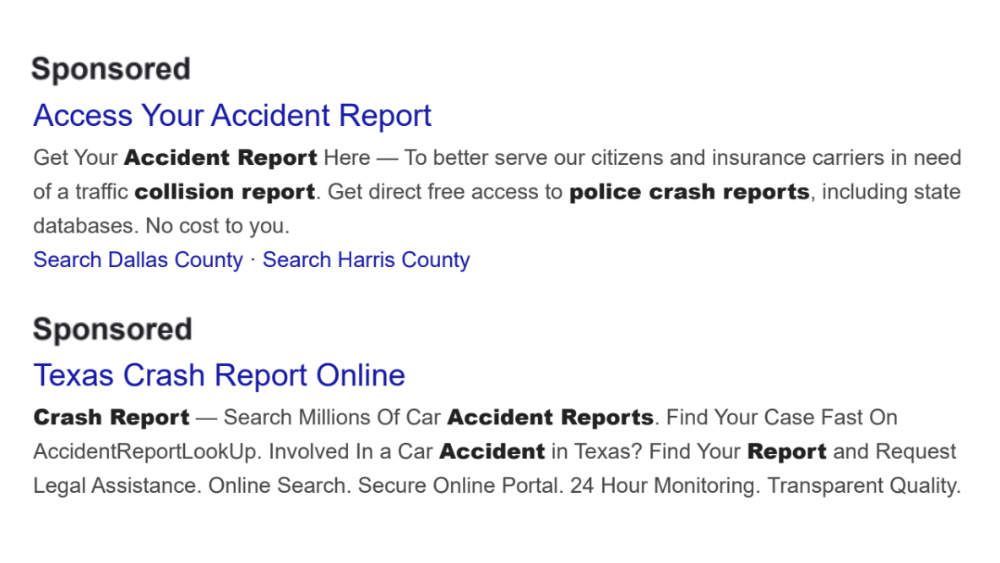Understanding Common Product-Related Injuries

In our fast-paced consumer-driven world, the prevalence of products in our daily lives is undeniable. From household appliances to children's toys, we rely on a vast array of items to simplify tasks and improve our quality of life. However, despite stringent safety standards and regulations, product-related injuries remain a concerning reality for consumers worldwide.
It is important for consumers to understand the risks of dangerous or defective products and know how to seek help in the event of an injury. This information could be crucial for consumers to safeguard their legal rights and pursue recovery when an injury occurs.
In the article below, the Houston personal injury lawyers at Wham & Rogers explore product-related injuries, their causes, and how consumers can get help. If you have questions, please call us at (832) 592-1108.
Common Causes of Product-Related Injuries
The landscape of product-related injuries encompasses diverse categories of goods, each posing unique risks to consumers. Whether it's the malfunction of an everyday household appliance or the unforeseen dangers in children's toys, these incidents underscore the critical importance of understanding the risks associated with the products we use regularly.
Product-related injuries can occur for many reasons, such as:
- Defective Products: Many injuries stem from defective products, such as malfunctioning electronics, faulty automobile parts, or poorly manufactured goods. These defects can cause severe injuries, ranging from burns and cuts to more catastrophic incidents like electrocution or explosions.
- Unsafe Consumer Goods: Items designed for daily use, such as kitchen appliances, furniture, or tools, may pose risks due to design flaws or inadequate warnings. For instance, unstable furniture can lead to falls, while kitchen appliances might cause burns or cuts if not properly designed or used.
- Toys and Recreational Products: Children's toys and recreational equipment, if poorly constructed or containing hazardous materials, can result in various injuries. These injuries may include choking hazards, blunt force trauma, or poisoning from toxic materials.
- Pharmaceutical and Medical Devices: Adverse reactions to medications or complications arising from defective medical devices can lead to severe health issues, necessitating medical attention.
What Injuries are Most Commonly Reported in Product Liability Claims?
Product liability claims encompass a wide range of product-related injuries. Some of the most commonly reported injuries in these cases include:
- Burns and Scalds: These injuries often result from defective appliances, such as malfunctioning ovens, coffee makers, or faulty electrical devices. Consumers may sustain burns due to overheating, electrical issues, or improper insulation.
- Cuts and Lacerations: Defective tools, kitchen gadgets, or sharp edges on furniture can lead to cuts and lacerations. Poorly designed or manufactured products may have exposed sharp edges or parts that break unexpectedly, causing injury.
- Head and Traumatic Brain Injuries (TBIs): Falls caused by defective furniture, malfunctioning ladders, or faulty safety equipment can result in head injuries or TBIs. These injuries can have severe and lasting consequences.
- Bone Fractures and Sprains: Defective sports equipment, children's toys, or poorly constructed furniture can lead to falls, resulting in bone fractures or sprains.
- Choking and Asphyxiation: Inadequately labeled or designed toys or small parts in consumer products can pose choking hazards, particularly for young children.
- Electrocution and Electrical Injuries: Malfunctioning electronics, faulty wiring in appliances, or defective power tools can lead to electrical shocks or electrocution.
- Poisoning and Toxic Exposure: Defective or contaminated products, including medications, cosmetics, or household chemicals, can cause poisoning or toxic exposure leading to health complications.
- Crush Injuries: Poorly designed or malfunctioning heavy machinery, automotive parts, or equipment can cause crush injuries, often in industrial settings or accidents involving vehicles.
- Internal Injuries: Defective medical devices or pharmaceuticals may cause internal injuries, organ damage, or adverse reactions, requiring medical intervention.
- Psychological and Emotional Trauma: In some cases, product-related incidents can lead to psychological distress, post-traumatic stress disorder (PTSD), anxiety, or depression, especially in cases involving severe injuries or fatalities.
These injuries highlight the diverse nature of product-related incidents, emphasizing the need for comprehensive safety measures and stringent quality control in the design, manufacturing, and distribution of consumer goods.
Steps Consumers Can Take to Seek Help
Consumers who suffer injuries due to a dangerous or defective product can take several steps to begin safeguarding their rights and wellbeing. Consumers can do the following:
- Immediate Actions after an Injury: Ensure the safety of yourself and others around you. Address any injuries promptly by seeking medical assistance. Retain the product and any related documentation, receipts, or packaging as evidence.
- Report the Incident: Contact the manufacturer or seller. Inform them about the incident, providing details of the injury and the product involved. Inform relevant consumer protection agencies or regulatory bodies about the incident.
- Document and Gather Information: Keep records of medical treatments, expenses, and any correspondence related to the incident. Document the product's model, serial number, and any relevant purchase information.
- Stay Informed and Educated: Keep abreast of consumer safety news and recalls through official channels or news outlets. Share information with family and friends to raise awareness about potential risks.
- Legal Recourse: Seek legal advice from a specialized attorney experienced in product liability cases. Familiarize yourself with consumer protection laws and regulations applicable to your situation.
Consumers should remain vigilant, stay informed about product recalls and safety alerts, and take appropriate steps to prevent potential injuries. Additionally, seeking legal guidance and support is essential for individuals affected by product-related injuries to pursue justice and fair compensation.
Get Legal Help with Product-Related Injuries
Product-related injuries can have a profound impact on consumers' lives, causing physical, emotional, and financial hardships. Understanding the types of injuries that can occur and knowing how to seek help in such situations is vital. Consumers who have questions or concerns about product-related injuries can get the help they need by contacting Wham & Rogers. Our team has more than 60 years of combined experience helping injury victims obtain justice.
Get a free case evaluation with one of our Houston personal injury lawyers by calling us at (832) 592-1108, or by completing our online contact form.


The information on this website is for general information purposes only. None of the information on this site should be taken as legal advice for any individual case or situation. This information is not intended to create, and receipt or viewing does not constitute, an attorney-client relationship.

















